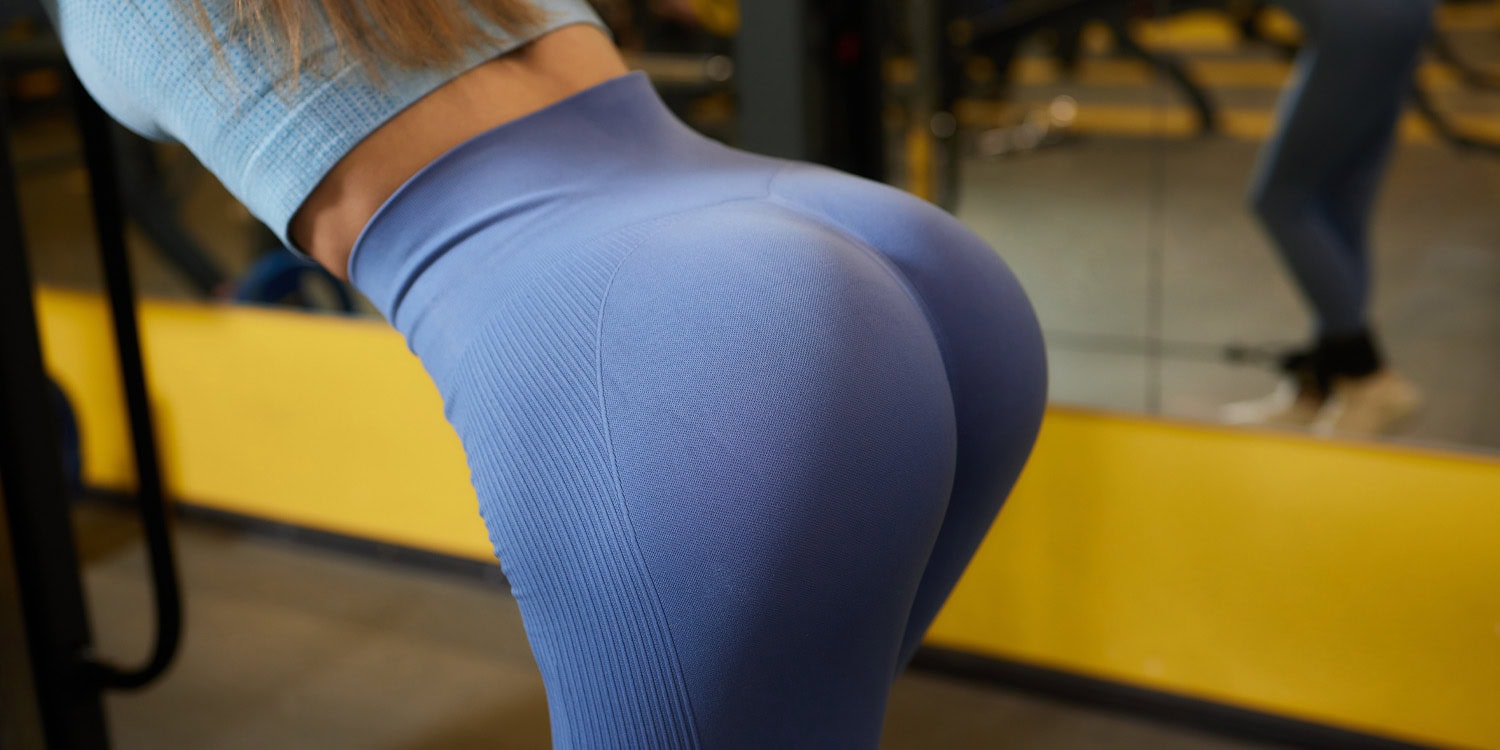A recent study published in Aesthetic Plastic Surgery has shed light on the subconscious visual preferences people have regarding the appearance of buttocks. Researchers used eye-tracking technology to analyze where people look when viewing images of female buttocks and found that both men and women tend to focus most on the intergluteal cleft, commonly known as the butt crack. The study also revealed some interesting differences in viewing patterns between men and women.
The researchers were motivated to conduct this study due to the increasing popularity of cosmetic procedures aimed at enhancing the buttock region. While beauty standards vary across cultures and individuals, there is a growing demand for such procedures worldwide. The team wanted to gain a better understanding of the specific features that people find visually appealing in buttocks, and they employed eye-tracking technology to uncover these subconscious preferences.
To conduct their investigation, the research team recruited 67 heterosexual volunteers, whose ages ranged from 20 to 59 years old, with an average age of approximately 27.7 years. The group included 28 men and 39 women who provided informed consent to participate in the study. Each participant’s eye movements were recorded using an advanced eye-tracking device, which operated by capturing reflections from the eyes at a rate of 60 readings per second. The technology used infrared sensors to track the movement of the eyes as the participants viewed a series of photographs.
The researchers presented the participants with standardized images of seven female subjects, photographed from multiple angles including straight on, oblique from both the right and left sides, and laterally from both sides. Each image was shown for a set period of six seconds, with a brief two-second interval featuring a blank white screen between images to allow the eyes to rest.
The researchers divided the buttock region into ten distinct areas of interest: intergluteal cleft, upper medial buttock, lower medial buttock, upper lateral buttock, lower lateral buttock, lumbar area, hip dip, lateral thigh, gluteal fold, and thigh gap.
Two primary measurements were taken: the time until the first fixation occurred on a given region and the total duration of time that participants maintained a steady gaze on that area. These measurements allowed the researchers to capture both the immediacy of the viewer’s attention and the overall interest level in each area.
The results showed that, overall, participants spent the most time looking at the intergluteal cleft, regardless of gender or ethnicity. The average time of fixation on the intergluteal cleft was 0.87 seconds. The area that received the least attention was the thigh gap, with an average fixation time of only 0.06 seconds.
Men looked at the intergluteal cleft for a slightly longer duration (0.96 seconds) than women (0.81 seconds), and this difference was statistically significant. There were also significant differences between men and women in the time spent looking at other areas, such as the upper lateral buttock, lumbar region, hip dip, and gluteal fold. (The upper lateral buttock is the top, outer portion contributing to the buttock’s roundness, while the lumbar region is the lower back area above the buttocks. The hip dip is the natural inward curve below the hip bone, and the gluteal fold is the crease where the buttocks meet the thighs, defining their lower boundary.)
For example, women spent a longer period of time fixating on the upper lateral buttock, lumbar region, and gluteal fold, compared to men, suggesting these areas held their visual attention longer. In contrast, men looked at the hip dip for a longer time than women did. These differences suggest that men and women may process aesthetic features differently when evaluating what makes an attractive buttock.
In terms of time until first fixation, the lower medial buttock was the area that caught participants’ attention most quickly (1.47 seconds on average). The lower medial buttock refers to the bottom, inner portion of the buttock, closest to the midline of the body and just above the gluteal fold. The thigh gap took the longest to attract attention (2.52 seconds on average).
The researchers also found some differences in gaze patterns based on ethnicity. Both Asian and Caucasian participants spent the most time fixating on the intergluteal cleft, but there were variations in the time spent looking at other regions. For instance, Asian participants spent more time looking at the lower medial buttock and hip dip compared to Caucasian participants. There were also differences between the two ethnic groups in terms of how quickly they fixated on certain areas, with Caucasians tending to fixate more quickly on the intergluteal cleft and hip dip.
The study offers new insights into the ways in which our eyes are drawn to specific regions of the female buttocks. But there are some caveats to consider. One of the main concerns is that the relationship between the length of time a participant fixates on a specific area and their aesthetic preference is not entirely clear. It is uncertain whether a longer gaze automatically indicates a higher degree of attractiveness or if it merely reflects curiosity or surprise.
Furthermore, the images used in the study featured models wearing underwear (a black thong), and it is possible that this detail may have influenced where participants directed their attention.
Looking ahead, researchers plan to build on these findings by examining whether the observed gaze patterns are directly related to how individuals rate the attractiveness of different buttock shapes. This future work will aim to untangle whether prolonged fixation truly correlates with positive aesthetic evaluation or if other factors come into play.
The study, “Eye-Tracking Insights into the Perception of Buttocks,” was authored by Rui Zeng, Emily Glaue, Nicholas Moellhoff, Michael Alfertshofer, Sebastian Cotofana, Samuel Knoedler, Leonard Knoedler, Severin Wiggenhauser, Riccardo Giunta, and Konstantin Frank.




